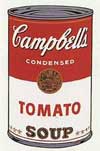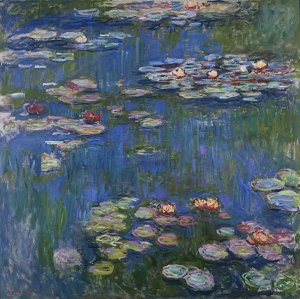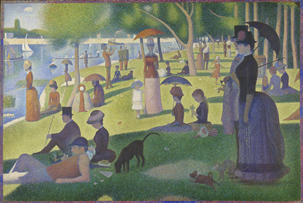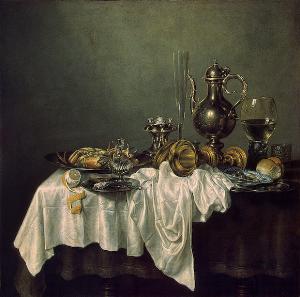Styles of Art
|
 Abstract
Abstract
Abstract artists felt that paintings did not have to show only things that were recognizable. In their paintings they did not try to show people, animals, or places exactly as they appeared in the real world. They mainly used color and shape in their paintings to show emotions. Some Abstract art is also called Non-objective art. In non-objective art, you do not see specific objects. It is not painted to look like something specific. |
 Pop Art
Pop Art
Pop art can be any every day item that is drawn in a brash and colorful way. Pop Art is short for Popular Art. It is inspired by comic strips, advertising, and popular entertainment. |
 Impressionism
Impressionism
Impressionism was developed in France during the late 19th and early 20th centuries. These pieces of art were painted as if someone just took a quick look at the subject of the painting. The paintings were usually in bold colors and did not have a lot of detail. The paintings in this style were usually outdoor scenes like landscapes. The pictures were painted to look like they were shimmering. |
 Pointillism
Pointillism
In Pointillism, the artist uses small dots or strokes of paint to make up the pictures. From far away, these dots blend together to form the picture and give the impression of different colors as they blend together. |
 Realism
Realism
Realism is a type of art that shows things exactly as they appear in life. It began in the 18th century, but the greatest Realist era was in the mid-19th century. Most Realists were from France, but there were some famous American painters who were Realists also. |
 Cubism
Cubism
Cubism is modern art made up mostly of paintings. The paintings are not supposed to look real The artist uses geometric shapes to show what he is trying to paint. Early cubists used mainly grays, browns, greens, and yellows. After 1914, Cubists started to use brighter colors. Cubism was the beginning of the Abstract and Non-objective art styles.
|
|
Jump to top |